
Have you noticed how often ducks coming to a flight pond arrive in twos, especially later in the season? It’s no accident — by this time of year the breeding pairs have mostly formed. If you are a sentimental old fool like me, you could worry that you are likely to leave a bird without a mate, but it does not work like this.
What actually happens, with pretty much every species of duck, is that they form a pair bond each year for breeding which breaks down afterwards. Since most members of most species also migrate, often to the Arctic or near-Arctic breeding grounds, they have a short summer in which to find a nest site, lay a dozen or so eggs, incubate, then rear a brood.
In the case of a mallard, for example, it would need two weeks to complete a clutch, four to incubate, and eight for the young to fledge.
Add a couple of weeks to get reasonably strong on the wing ready for migration, and you end up with a four-month breeding season, so turning up already paired and raring to go is a distinct advantage.
Absent fathers
Once the clutch is laid, the father loses interest and leaves the mother to do the work, while he hangs out with the lads until moulting and migration time. And he will happily shatter all your dreams about being part of an ever-faithful pair by forcing himself on any unattached female duck that happens into view.
In areas where the birds congregate in higher numbers — such as town parks where the free food from people keeps them concentrated — this can result in extremely poor productivity. The ducks that leave the nest for a quick feed get harassed so much that the eggs can chill.
Denne historien er fra October 23, 2019-utgaven av Shooting Times & Country.
Start din 7-dagers gratis prøveperiode på Magzter GOLD for å få tilgang til tusenvis av utvalgte premiumhistorier og 9000+ magasiner og aviser.
Allerede abonnent ? Logg på
Denne historien er fra October 23, 2019-utgaven av Shooting Times & Country.
Start din 7-dagers gratis prøveperiode på Magzter GOLD for å få tilgang til tusenvis av utvalgte premiumhistorier og 9000+ magasiner og aviser.
Allerede abonnent? Logg på
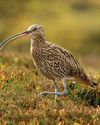
United we stand
Following United Utilities' decision to end grouse shooting on its land, Lindsay Waddell asks what will happen if we ignore our vital moors

Serious matters
An old gamebook prompts a contemplation on punt-gunning
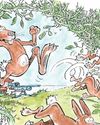
They're not always as easy as they seem
While coneys of the furry variety don't pose a problem for Blue Zulu, he's left frustrated once again by bolting bunnies of the clay sort
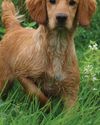
Debutant gundogs
There's lots to think about when it comes to making the decision about when to introduce your dog to shooting
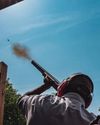
When the going gets rough
Al Gabriel returns to the West London Shooting School to brush up on his rough shooting technique

The Field Guide To British Deer - BDS 60th Anniversary Edition
In this excerpt from the 60th anniversary edition of the BDS's Field Guide To British Deer, Charles Smith-Jones considers the noise they make
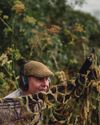
A step too far?
Simon Garnham wonders whether a new dog, a new gun and two different fields in need of protection might have been asking too much for one afternoon's work
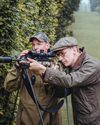
Two bucks before breakfast
A journey from old South London to rural Hertfordshire to stalk muntjac suggests that the two aren't as far detached as they might seem
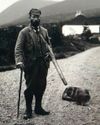
Stalking Diary
Stalkers can be a sentimental bunch, and they often carry a huge attachment to their hill

Gamekeeper
Alan Edwards believes unique, private experiences can help keepers become more competent and passionate custodians of the countryside